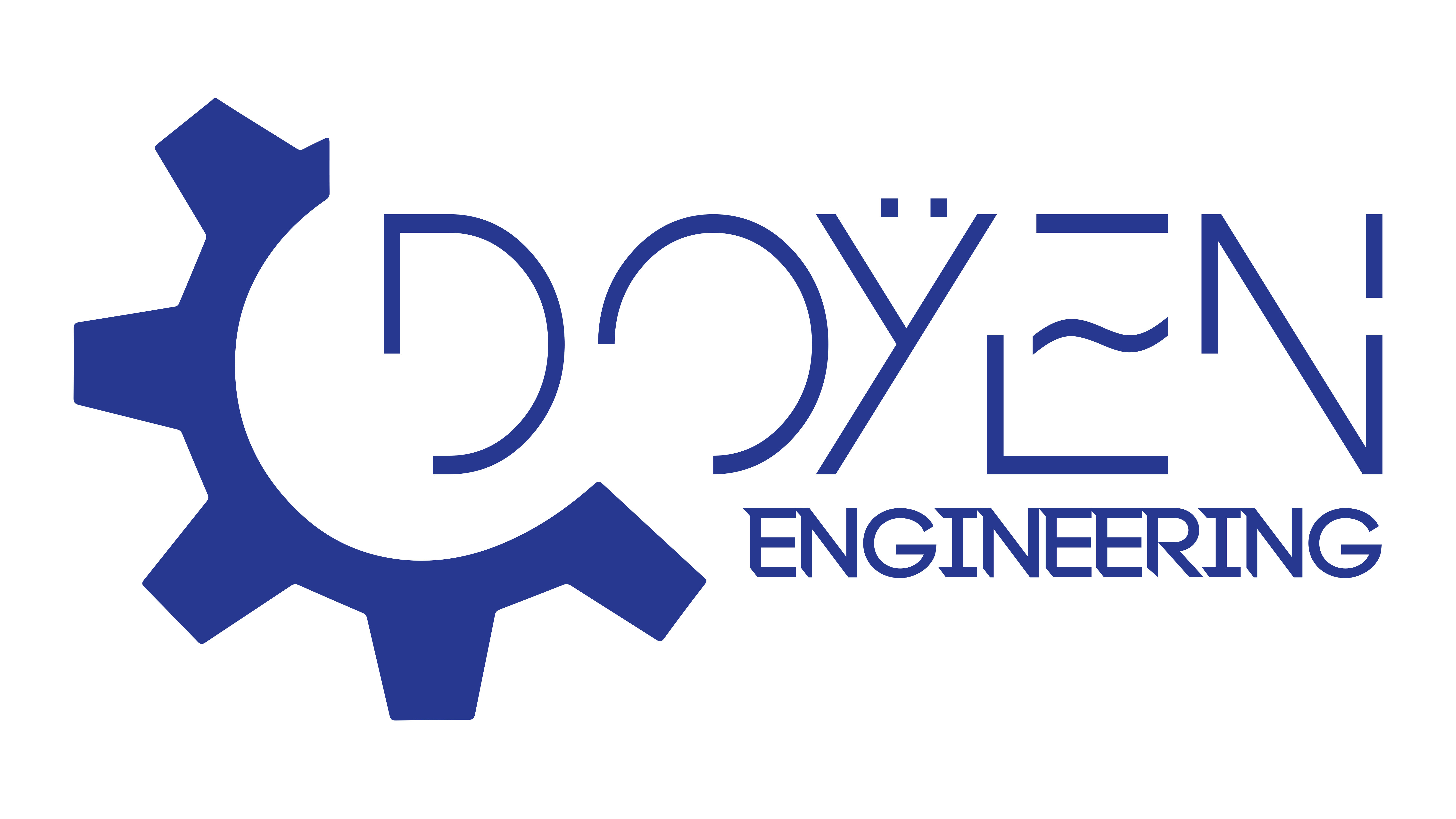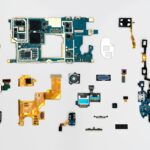
Introduction to IoT in Electrical Engineering
Overview of IoT Technology
The Internet of Things (IoT) refers to the interconnected network of devices that communicate and share data over the internet. This technology has radically transformed various industries by enabling real-time monitoring and control. Imagine waking up to a home system that adjusts your coffee machine, lights, and heating just the way you like it—all without manual input!Key characteristics of IoT technology include:
- Connectivity: Devices can communicate seamlessly via the internet.
- Automation: Processes are streamlined, reducing the need for human intervention.
- Data Collection: Systems collect and analyze data to optimize operations.
Importance of IoT in Electrical Engineering
In electrical engineering, IoT plays a crucial role in modernizing systems, ensuring efficiency, and enabling smarter environments. It allows engineers to create innovative solutions for challenges such as energy management and infrastructure maintenance. Consider the benefits:
- Enhanced Monitoring: Real-time data for better system performance.
- Energy Efficiency: Reduction in waste through smart technologies.
- Predictive Analysis: Anticipating problems before they escalate.
These advancements not only lead to smarter cities and homes but also contribute to sustainability goals, making IoT an indispensable tool for today's engineers.

IoT Applications in Smart Grid Systems
Monitoring and Control of Power Distribution
One of the most impactful IoT applications within smart grid systems is real-time monitoring and control of power distribution. With smart sensors and meters embedded throughout the grid, operators can gain immediate insights into energy flow and demand. Picture a utility company that can instantly detect outages and automatically reroute power to affected areas, reducing downtime. Benefits of this technology include:
- Enhanced reliability: Immediate detection of issues minimizes service interruptions.
- Improved response time: Faster restoration services lead to better customer satisfaction.
Optimization of Energy Consumption
Alongside monitoring, IoT helps optimize energy consumption across various sectors. Smart grids can analyze consumer data to adjust energy distribution dynamically. For instance, during peak load times, smart appliances can be programmed to use energy when rates are lower, benefiting both consumers and providers.Key advantages are:
- Demand response: Encouraging users to reduce usage during peak hours.
- Cost savings: Lower energy bills lead to happier customers.
By embracing IoT technologies in smart grids, electrical engineering not only enhances operational efficiencies but also paves the way for a more sustainable energy future.

IoT in Home Automation
Smart Lighting Systems
Transitioning into the realm of home automation, smart lighting systems are perhaps one of the most visible applications of IoT technology. Imagine walking into your home, and the lights automatically adjust to your preferred brightness and color temperature. With smart bulbs, you can create the perfect ambiance for any occasion. Key features of smart lighting include:
- Remote Control: Adjust your lighting from anywhere using a smartphone app.
- Energy Efficiency: Set schedules to reduce energy consumption when you’re not home.
- Voice Activation: Control your lights through voice commands with virtual assistants.
Smart Thermostats
In addition to lighting, smart thermostats are revolutionizing how we control our home climates. These devices learn your habits over time, automatically adjusting the temperature to maximize comfort while minimizing energy use. Benefits of smart thermostats encompass:
- Energy Savings: Reduce heating or cooling costs by adjusting when you're away.
- Remote Access: Change settings through your phone, ensuring comfort upon arrival.
- Weather Adaptation: Adjust to external temperatures automatically for optimal efficiency.
Together, smart lighting systems and thermostats illustrate the remarkable potential of IoT in enhancing daily life, making homes not just more comfortable, but also more efficient and eco-friendly.

IoT Applications in Industrial Automation
Remote Monitoring of Machinery
As we delve into industrial automation, one of the standout applications of IoT is remote monitoring of machinery. Imagine a factory setting where operators can access real-time data about their equipment from anywhere, allowing for better decision-making and operational efficiency. By deploying sensors on machinery, organizations can continuously track performance metrics, ensuring everything runs smoothly.Benefits of remote monitoring include:
- Increased Uptime: Immediate alerts for any malfunctions reduce downtime.
- Enhanced Safety: Operators can monitor operations without being physically present, ensuring safety in hazardous environments.
Predictive Maintenance Systems
Following closely is the implementation of predictive maintenance systems, which leverages IoT data to forecast equipment failures before they happen. For example, if a machine's vibration levels suddenly spike, a predictive maintenance system can alert technicians to investigate. Key advantages of predictive maintenance are:
- Cost Reduction:By preventing unexpected breakdowns, companies save on costly repairs.
- Extended Equipment Lifespan: Regularly maintaining machinery ensures optimal performance over time.
- Planning Flexibility: Maintenance schedules can be planned around production cycles, reducing disruptions.
Together, remote monitoring and predictive maintenance systems mark a significant leap in industrial operations, allowing for not just improved efficiency but also substantial cost savings, positioning companies for future growth.

IoT in the Transportation Sector
Smart Traffic Management Systems
Venturing into the transportation sector, smart traffic management systems are a prime example of how IoT can enhance urban mobility. These systems use real-time data from sensors and cameras to monitor traffic flow, adjust signal timings, and reduce congestion. Imagine driving through a city where traffic lights synchronize based on vehicle density, eliminating frustrating stops and starts. Benefits of smart traffic management include:
- Reduced Travel Time: Improved flow minimizes delays for commuters.
- Lower Emissions: Efficient traffic patterns reduce vehicle idling, contributing to cleaner air.
- Enhanced Safety: Real-time data helps manage accidents and emergencies more effectively.
Vehicle-to-Infrastructure Communication Technologies
Another revolutionary application is vehicle-to-infrastructure (V2I) communication technologies. These systems enable vehicles to communicate directly with road infrastructure, such as traffic lights and signs. For example, a car could receive alerts about upcoming traffic conditions or hazards, allowing drivers to make informed decisions.Key advantages of V2I communication include:
- Increased Safety: Notifications about hazards can prevent accidents.
- Optimized Routing: Drivers receive real-time updates on the fastest routes, reducing overall trip time.
- Improved Traffic Flow: Better communication between vehicles and infrastructure leads to more efficient road usage.
The integration of smart traffic management systems and V2I communication is not only enhancing the commuting experience but also paving the way for smarter, more connected cities, making transportation safer and more efficient for everyone.





